Expansion of End-User Industries
The polymer bearing market is benefiting from the expansion of end-user industries. This is particularly evident in sectors such as automotive, aerospace, and industrial machinery.. As these industries grow, the demand for high-performance bearings that can operate under challenging conditions is increasing. For instance, the automotive sector is projected to grow at a CAGR of 5% from 2025 to 2030, which will likely boost the polymer bearing market as manufacturers seek to enhance vehicle efficiency and performance. Additionally, the aerospace industry is also expanding, with a focus on lightweight and durable components, further driving the need for polymer bearings. This expansion of end-user industries is expected to create new opportunities for manufacturers, as they adapt their offerings to meet the specific requirements of diverse applications within the polymer bearing market.
Regulatory Compliance and Standards
Regulatory compliance and standards play a pivotal role in shaping the polymer bearing market. As industries face increasing scrutiny regarding environmental impact and product safety, manufacturers are compelled to adhere to stringent regulations. In the US, agencies such as the Environmental Protection Agency (EPA) are implementing guidelines that encourage the use of eco-friendly materials, including polymers. This regulatory landscape is likely to drive the adoption of polymer bearings, as they often provide a more sustainable alternative to traditional materials. Furthermore, compliance with industry standards, such as ISO certifications, is becoming essential for manufacturers aiming to compete effectively in the market. As a result, The polymer bearing market is expected to witness growth as companies align their products with regulatory requirements. This alignment ensures both safety and environmental responsibility..
Rising Demand for Lightweight Materials
The polymer bearing market is experiencing a notable increase in demand for lightweight materials across various industries. This trend is driven by the need for enhanced fuel efficiency and reduced emissions in automotive applications. As manufacturers seek to comply with stringent environmental regulations, the adoption of polymer bearings, which are significantly lighter than traditional metal bearings, is becoming more prevalent. In 2025, the automotive sector is projected to account for approximately 30% of the polymer bearing market, reflecting a shift towards materials that contribute to overall vehicle performance. Furthermore, the aerospace industry is also recognizing the benefits of polymer bearings, as they offer weight savings that can lead to improved fuel efficiency. This rising demand for lightweight materials is likely to propel growth in the polymer bearing market, as industries prioritize sustainability and performance.
Increased Investment in Research and Development
Investment in research and development (R&D) within the polymer bearing market is on the rise, as companies strive to innovate and enhance product offerings. This focus on R&D is crucial for developing advanced polymer materials that exhibit superior performance characteristics, such as increased load-bearing capacity and resistance to wear and corrosion. In 2025, it is estimated that R&D expenditures in the polymer bearing market will reach approximately $500 million, reflecting a commitment to technological advancement. Companies are exploring new formulations and manufacturing processes to create bearings that can withstand extreme conditions, thereby expanding their application range. This increased investment in R&D not only fosters innovation but also positions manufacturers to meet the evolving demands of various industries, ultimately driving growth in the polymer bearing market.
Technological Integration in Manufacturing Processes
Technological integration in manufacturing processes is transforming the polymer bearing market, enabling enhanced production efficiency and product quality. Advanced manufacturing techniques, such as additive manufacturing and automation, are being increasingly adopted by companies to streamline operations. These technologies allow for precise control over material properties and dimensions, resulting in bearings that meet stringent performance criteria. In 2025, it is anticipated that the adoption of automation in the polymer bearing market will increase by approximately 20%, reflecting a shift towards more efficient production methods. This technological integration not only reduces production costs but also enhances the ability to customize products for specific applications. As manufacturers embrace these innovations, the polymer bearing market is likely to experience accelerated growth, driven by improved manufacturing capabilities and product offerings.


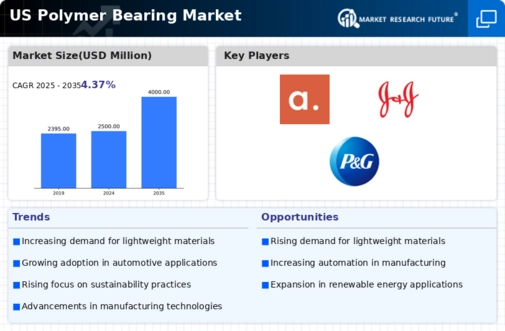
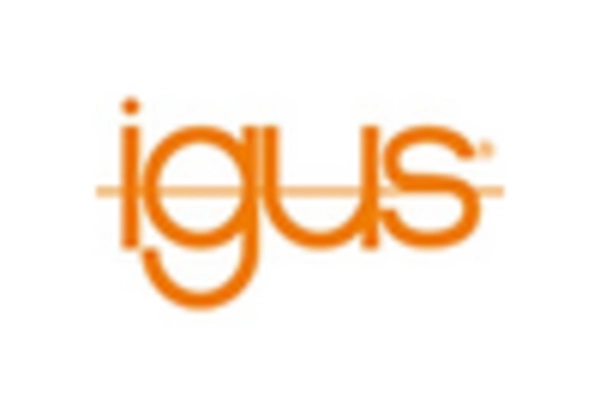

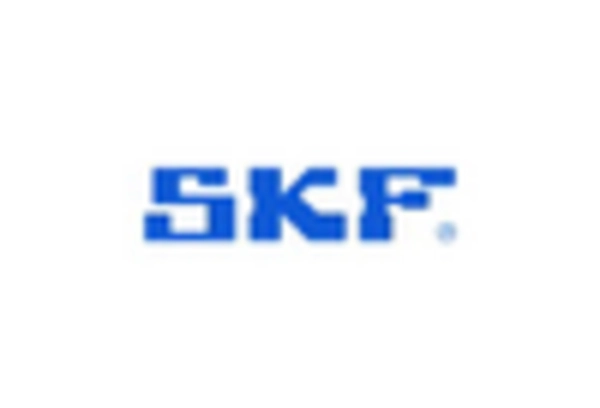
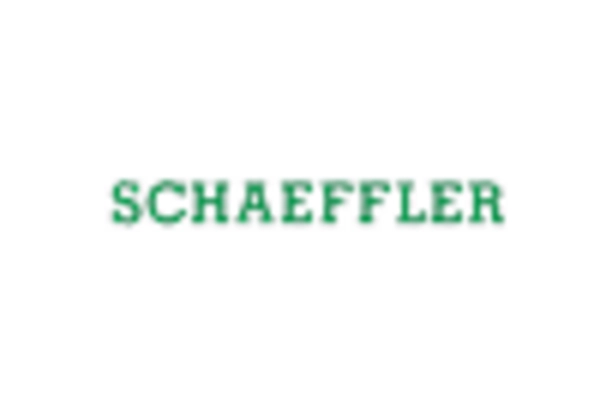
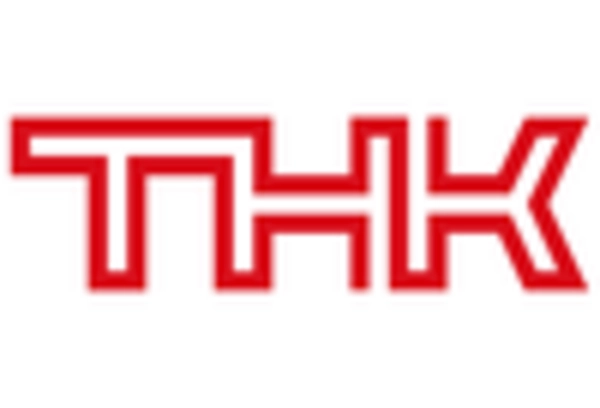









Leave a Comment